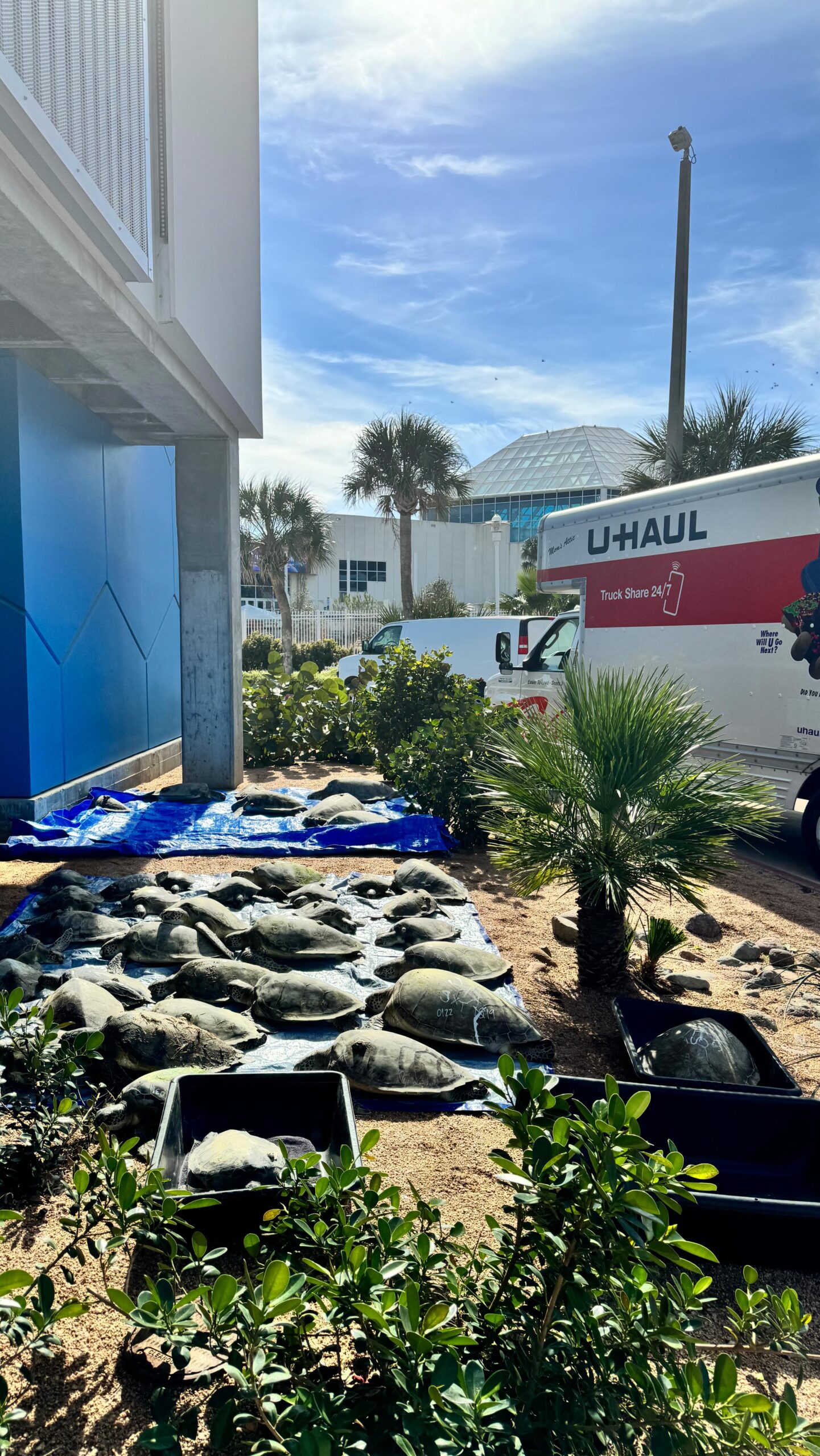- Importance of Community Involvement in Wildlife Conservation
- Understanding the Problem of Cold-Stunned Sea Turtles
- The Process of Rescuing and Rehabilitating Stranded Sea Turtles
- Collaborative Efforts and the Role of Volunteers
- Impact and Success Stories of Conservation Programs
Wildlife conservation is a collaborative endeavor that truly requires the collective efforts of communities, conservationists, and organizations. The popular adage, “It truly takes a village to protect and care for wildlife,” holds particularly true for the protection of vulnerable species such as sea turtles. Communities play a crucial role in reporting stranded animals, facilitating rescues, and actively engaging in conservation programs.
Community involvement in wildlife conservation is paramount. This collaboration begins with awareness and education, empowering individuals to act as the eyes and ears of conservation initiatives. Awareness campaigns and local training sessions inform communities about endangered species like sea turtles, potential threats to their survival, and the necessary steps to assist in emergencies. This collective vigilance creates a network of guardians along coastlines, ready to report any stranded or distressed marine life. Such grassroots involvement not only enhances the effectiveness of conservation measures but cultivates a culture of environmental stewardship. As a result, local communities become integral partners in safeguarding vulnerable species.
Among the various challenges sea turtles face, cold-stunning poses a significant threat. This phenomenon occurs when turtles are exposed to frigid water temperatures, which leads to a hypothermic state that immobilizes them. Cold-stunned turtles become lethargic, increasing their risk of stranding and predation. The lack of movement makes it difficult for them to reach warmer waters or evade threats. This phenomenon primarily affects species such as the Kemp’s ridley, loggerhead, and green turtles, which inhabit temperate seas. Understanding this problem is critical for directing rescue operations and designing efficient rehabilitation protocols.
Rescuing and rehabilitating stranded sea turtles is a complex and strategic process. When communities report sightings of distressed turtles, rescue teams are dispatched to assess the situation. These teams, often composed of trained volunteers and professionals, meticulously handle the turtles to minimize stress. The turtles are carefully transported to wildlife rescue centers, where they are evaluated and provided with immediate care. Medical interventions may include gradual warming, fluid therapy, and other supportive treatments. Rehabilitation involves constant monitoring, dietary management, and physical therapy to restore their health and strength. The ultimate goal is to release them back into their natural habitat, once they are fully recovered and capable of thriving independently.
The success of such rescue operations depends largely on collaborative efforts. Local volunteers, conservation organizations, and ecologists work in tandem to administer rescue and rehabilitation. Volunteers are essential in monitoring beaches, providing logistical support, and assisting in transport missions. Their dedication drives the timely response to stranding events and alleviates the pressure on wildlife centers. In addition to hands-on work, volunteers play a vital role in public outreach, educating the community about the importance of conservation efforts. These collaborative endeavors significantly expand the reach and impact of conservation programs, making them more resilient and adaptable to emergent situations.
A testament to the power of community-driven conservation is seen in numerous success stories. Many regions report increased numbers of rescued and rehabilitated sea turtles, thanks to enhanced local involvement. These success stories underscore the positive outcomes of collective action, where environmental challenges are met with determination and unity. Such stories inspire further participation, encouraging other communities to engage in wildlife protection. The cascading effect of successful interventions not only bolsters local conservation but also contributes to global efforts in preserving biodiversity.
Through well-organized community efforts, awareness campaigns, and strategic rescue programs, sea turtles and other vulnerable species stand a fighting chance against the multifaceted threats they face. The communal spirit of caring for wildlife is integral to fostering a more harmonious relationship with nature, emphasizing that it truly takes a village to protect and care for our planet’s magnificent wildlife. In striving for this goal together, we preserve the planet’s precious biodiversity for future generations.
*****
Source Description
It truly takes a village to protect and care for wildlife. A huge thank you to everyone who has been reporting stranded sea turtles, patrolling the beaches, and helping transport them to our Center for Wildlife Rescue. Today, we received multiple groups of cold-stunned sea turtles, and our team is working around the clock to warm them up and prepare as many as possible for release back into their natural habitat.
Thank you! 🐢💙


